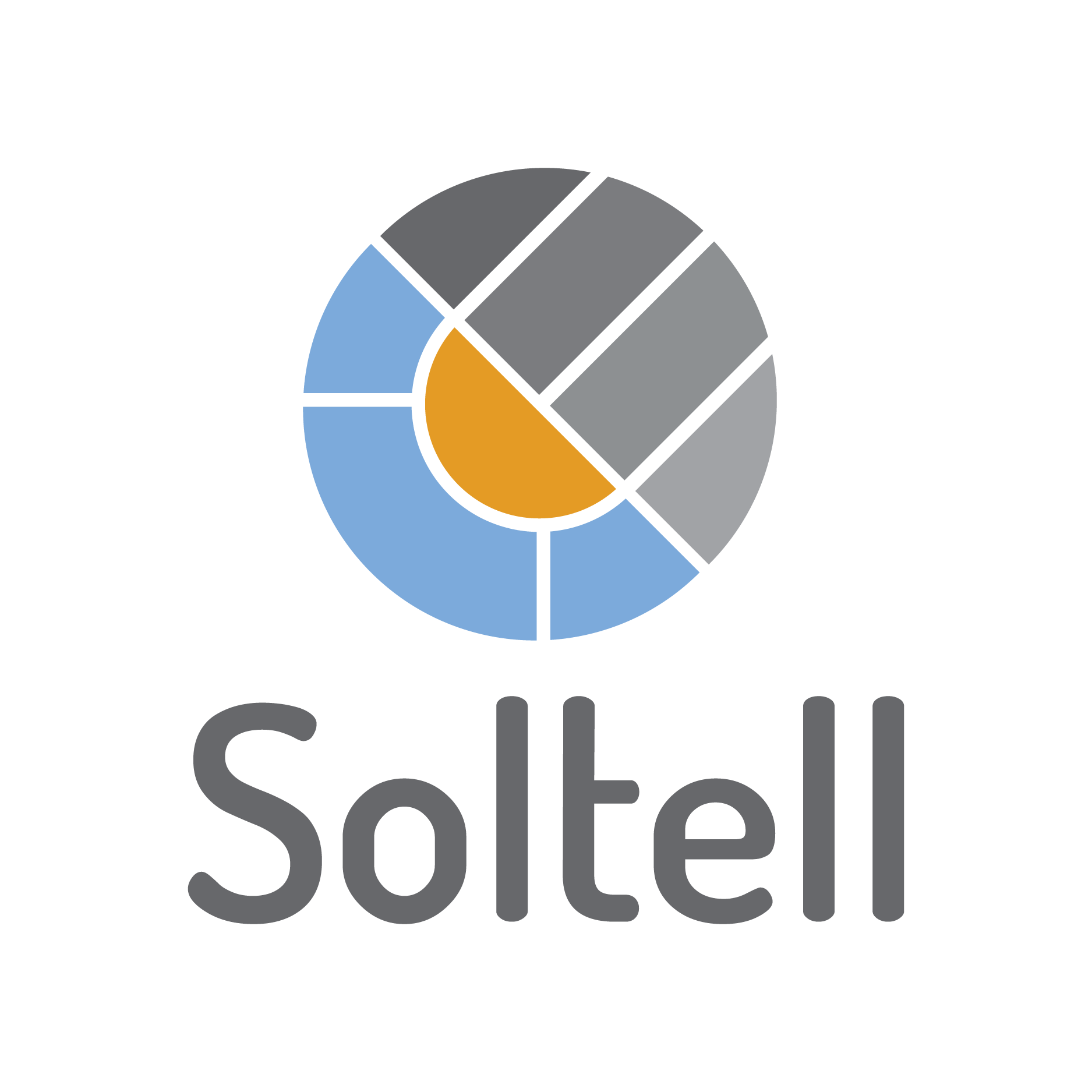Centralized to Decentralized Solar PV - why make the switch?
- Soltell Admin

- Jul 25, 2022
- 2 min read
Updated: May 18, 2023
According to the Department of Energy (DOE), 23.6 GWdc of solar photovoltaic (PV) capacity was added across the United States through 2021, bringing the total installed PV capacity to 119.7 GWdc by the end of December 2021. The US solar PV market hence grew by 19% in 2021, slighly down from 24% growth rate in 2020. Solar accounted for 46% of all new electricity generating capacity added in the US that year. Decentralized installations outperformed - residential solar installations totaled 4.2 GWdc in 2021, setting an annual installation record and exceeding 500K projects installed in a year for the first time. Utility-scale however led the market with nearly 17.0 GWdc installations (72.0%), while distributed solar contributed the rest 6.6 GWdc (28.0%). During Q1 of 2022, solar PV accounted for 50% of all new electricity-generating capacity added to the United States' grid.
Although new solar installations in the US decreased between 2021-2022, according to the Solar Energy Industries Association (SEIA) the amount of new solar PV added to the grid remains high. Interestingly, residential solar saw a 30% increase in quarterly installations since Q1 of 2021, while utility scale installations decreased by 41% in the same time period. This tells a very different story from 2021, when utility scale installations were at a record high at the end of Q3. However, residential solar has been on the rise since 2021: for the first time in a single quarter, more than 130,000 systems were installed in 2021 Q3, when 1 out of 600 homeowners were installing solar systems on their property. Additionally, by the end of 2021, 17 states produced 100 watts per capita from residential solar, meaning 1 out of every 25 households had systems installed in those states.

The current energy crisis in New Hampshire can provide a perspective on the rise of decentralized solar installations. This state is expected to experience a 50% increase in electricity costs in August 2022, which could have detrimental effects on its economy. The DOE blames policy for this issue, as surrounding states are driving up costs by purchasing expensive energy. Clean energy is said to be cheap, and therefore state policies need to do a better job supporting them. On the other hand, the DOE states that less government intervention, and more market competition, is necessary in keeping prices low. Therefore, Josh Elliott, director of the division of policy and programs at the New Hampshire Department of Energy, states that New Hampshire must move from centralized to decentralized. Residential solar offers an ideal solution: it both supports competition that is not seen on the utility scale, and supplies more clean energy to the grid.
Commercial and residential solar integrators - interested in Sensorless technology for PV performance assessment and integrating it into your management software or a solar service application? Fill-in the demo request form to get more details.




Comments